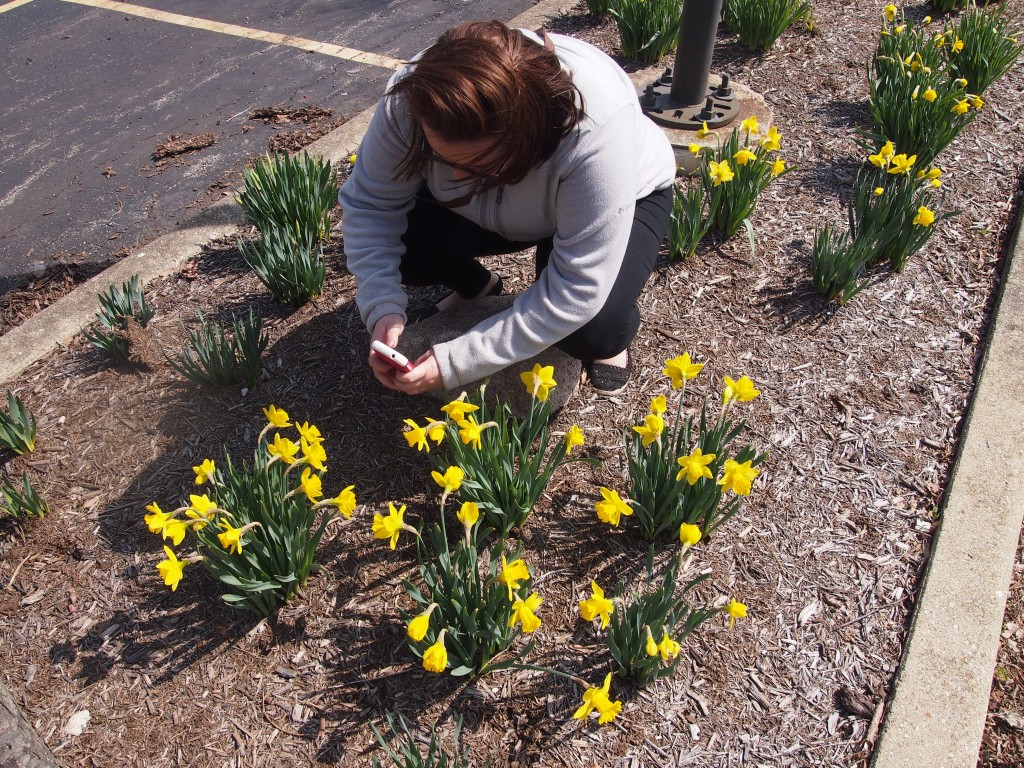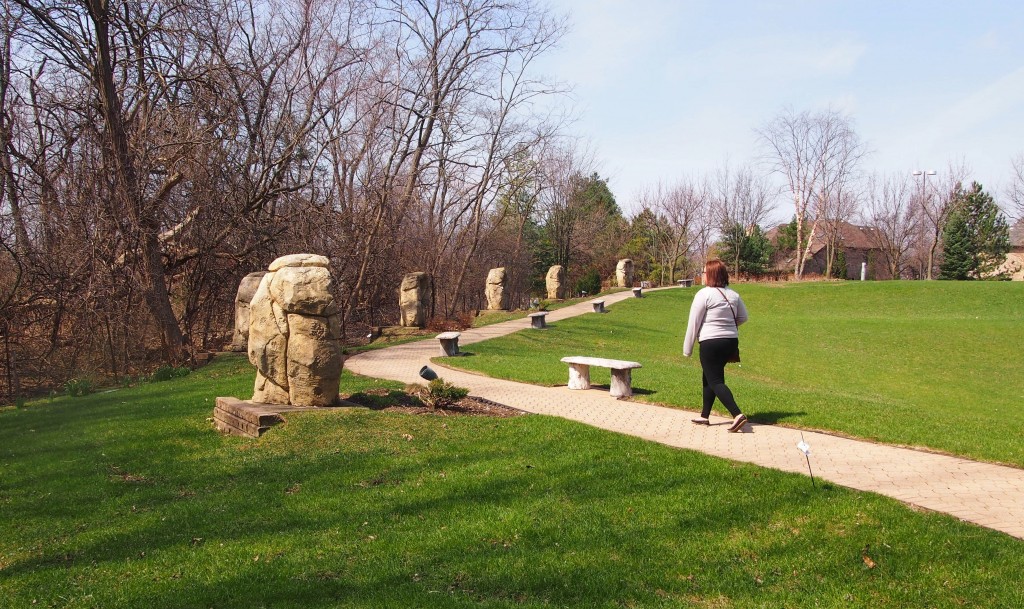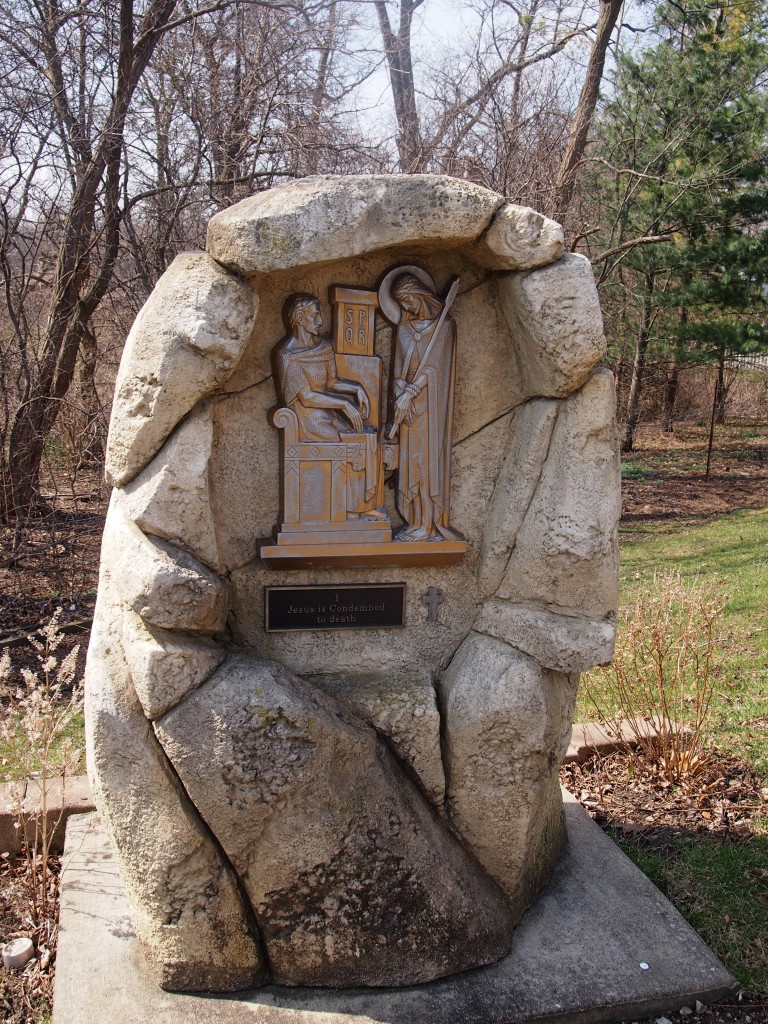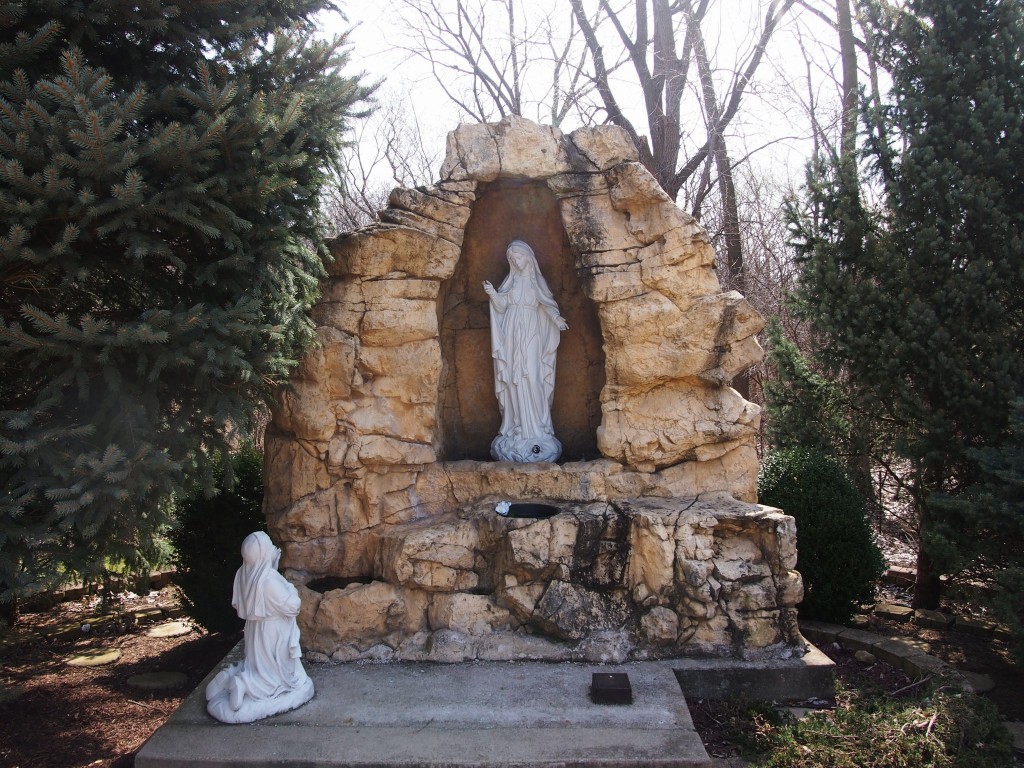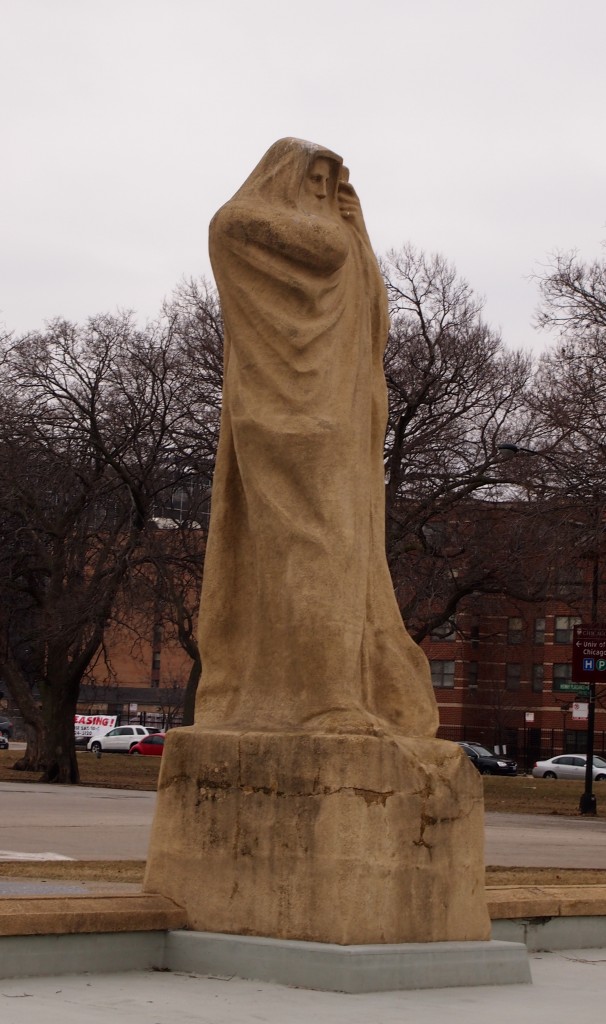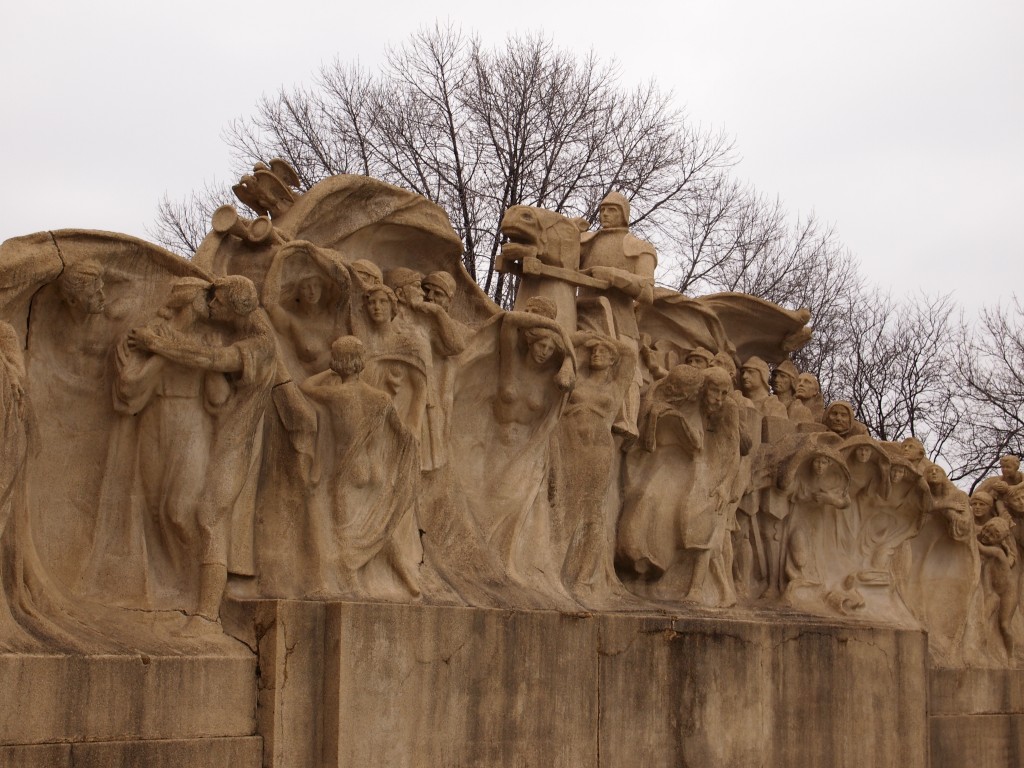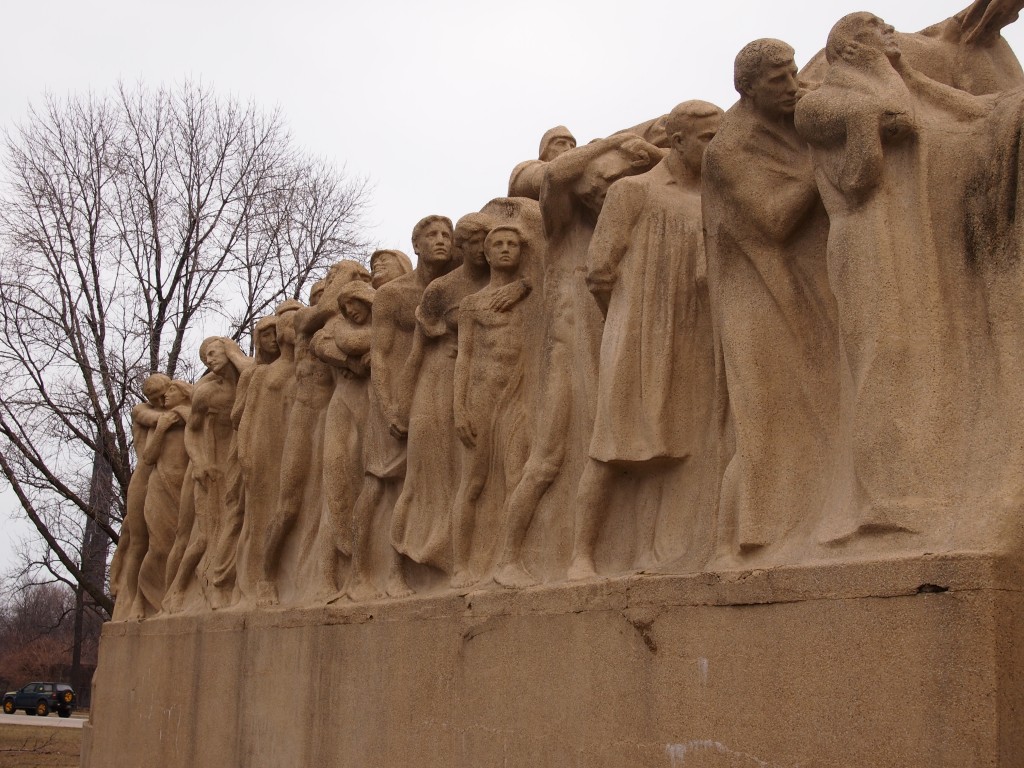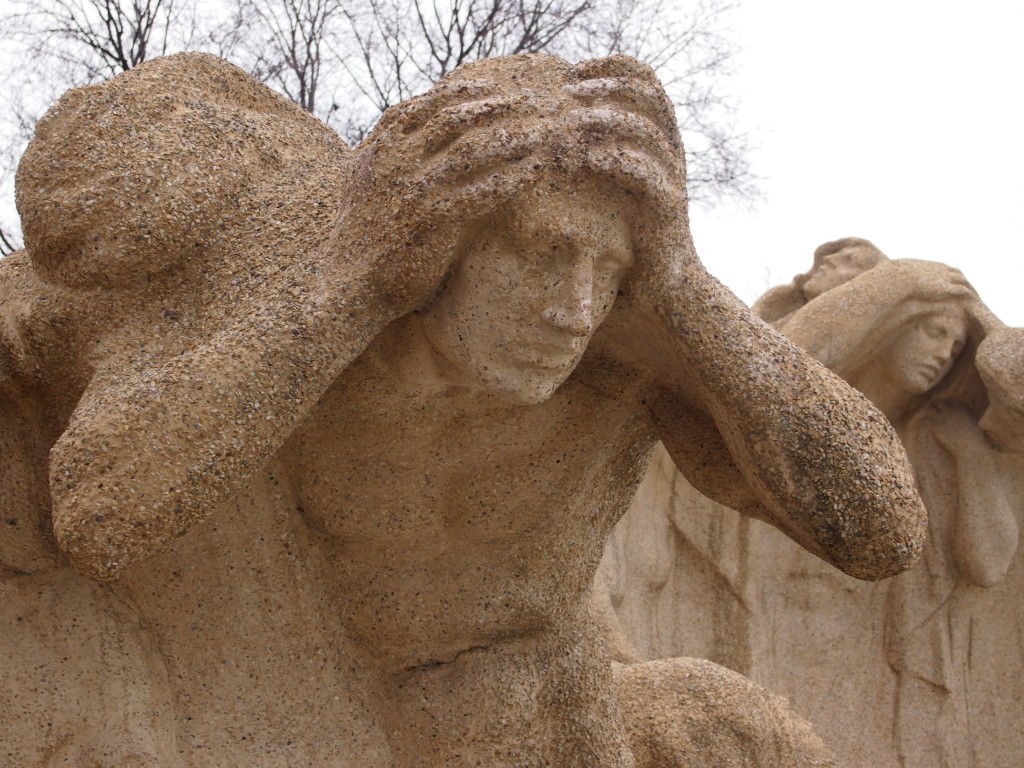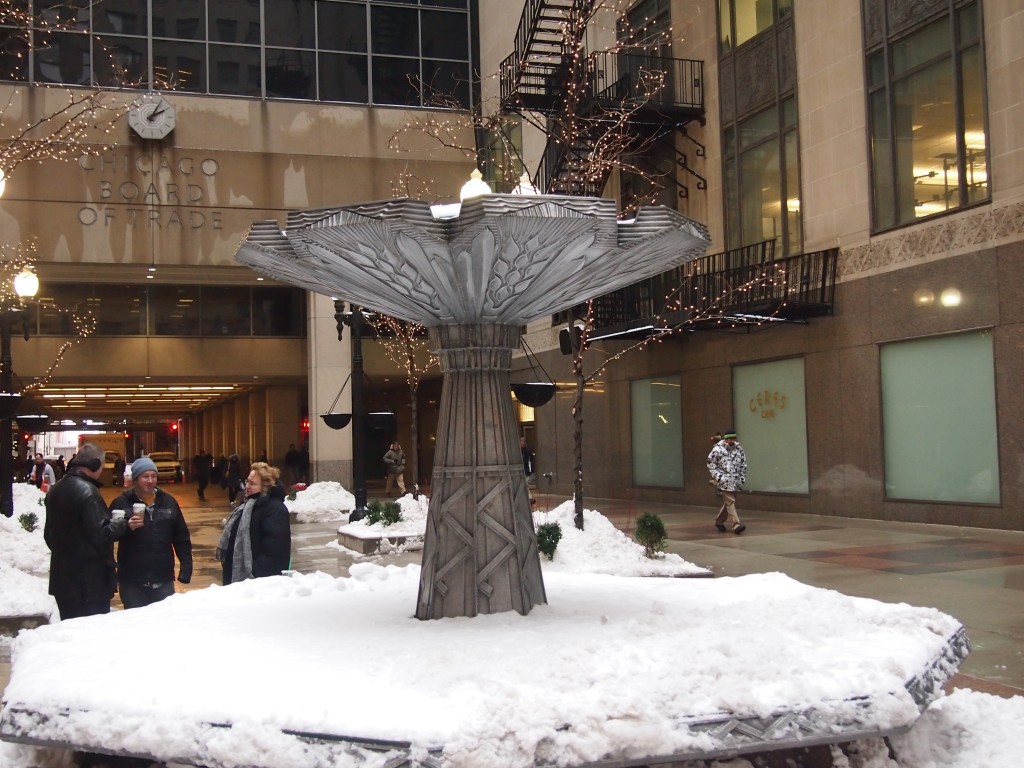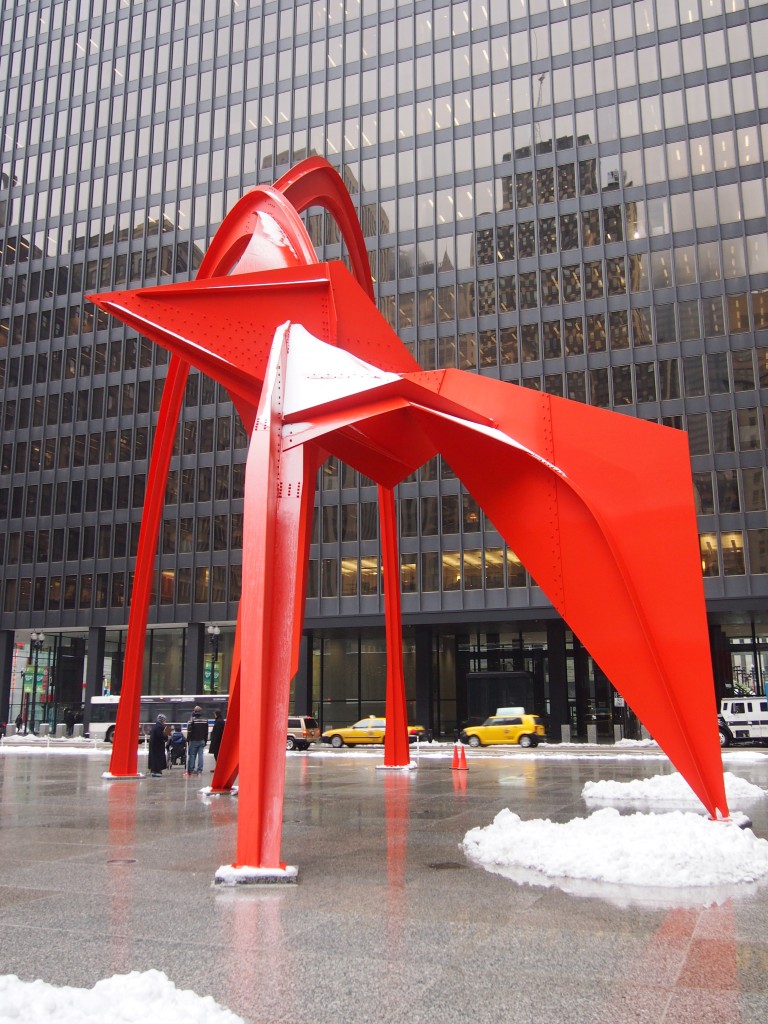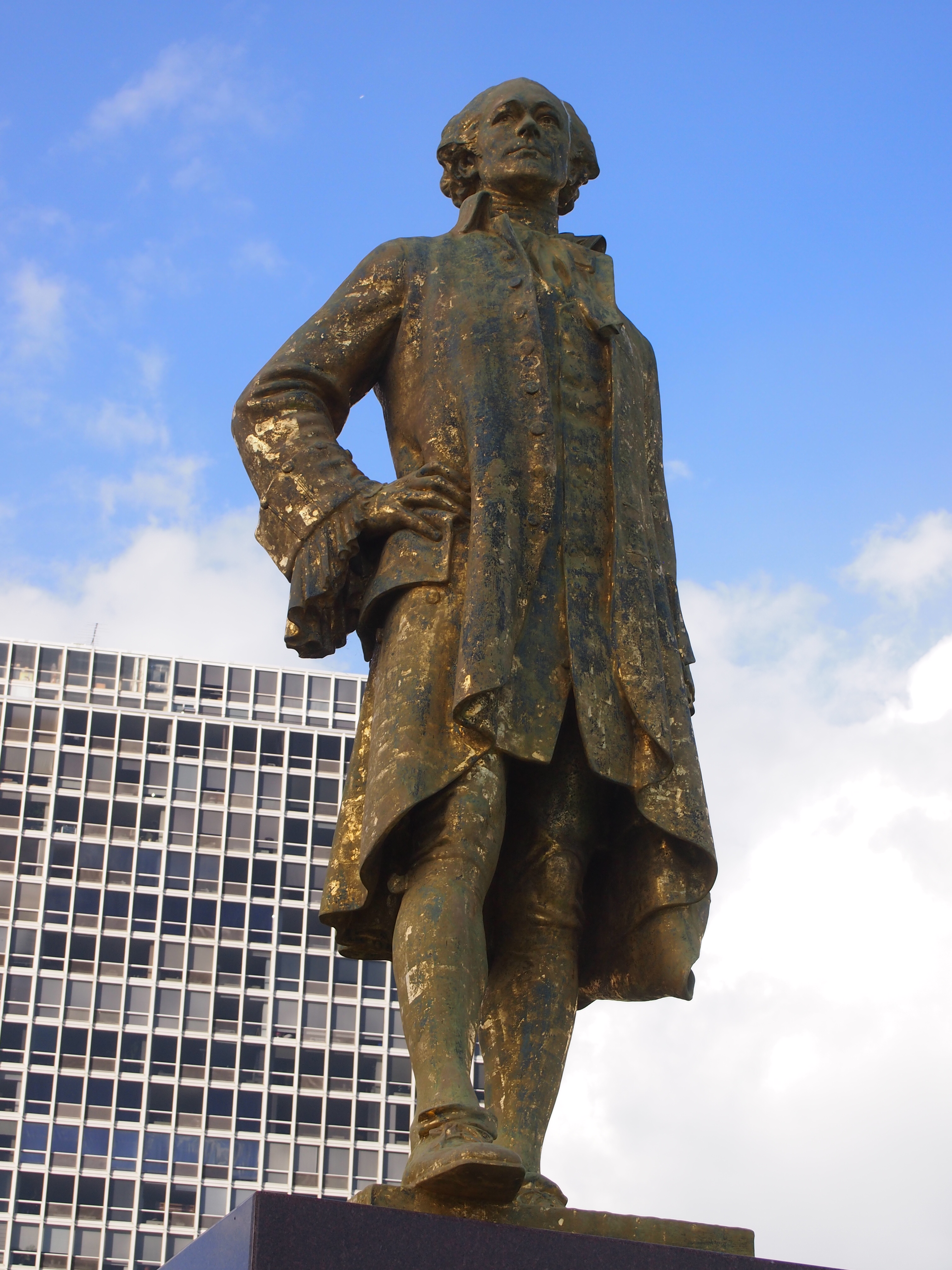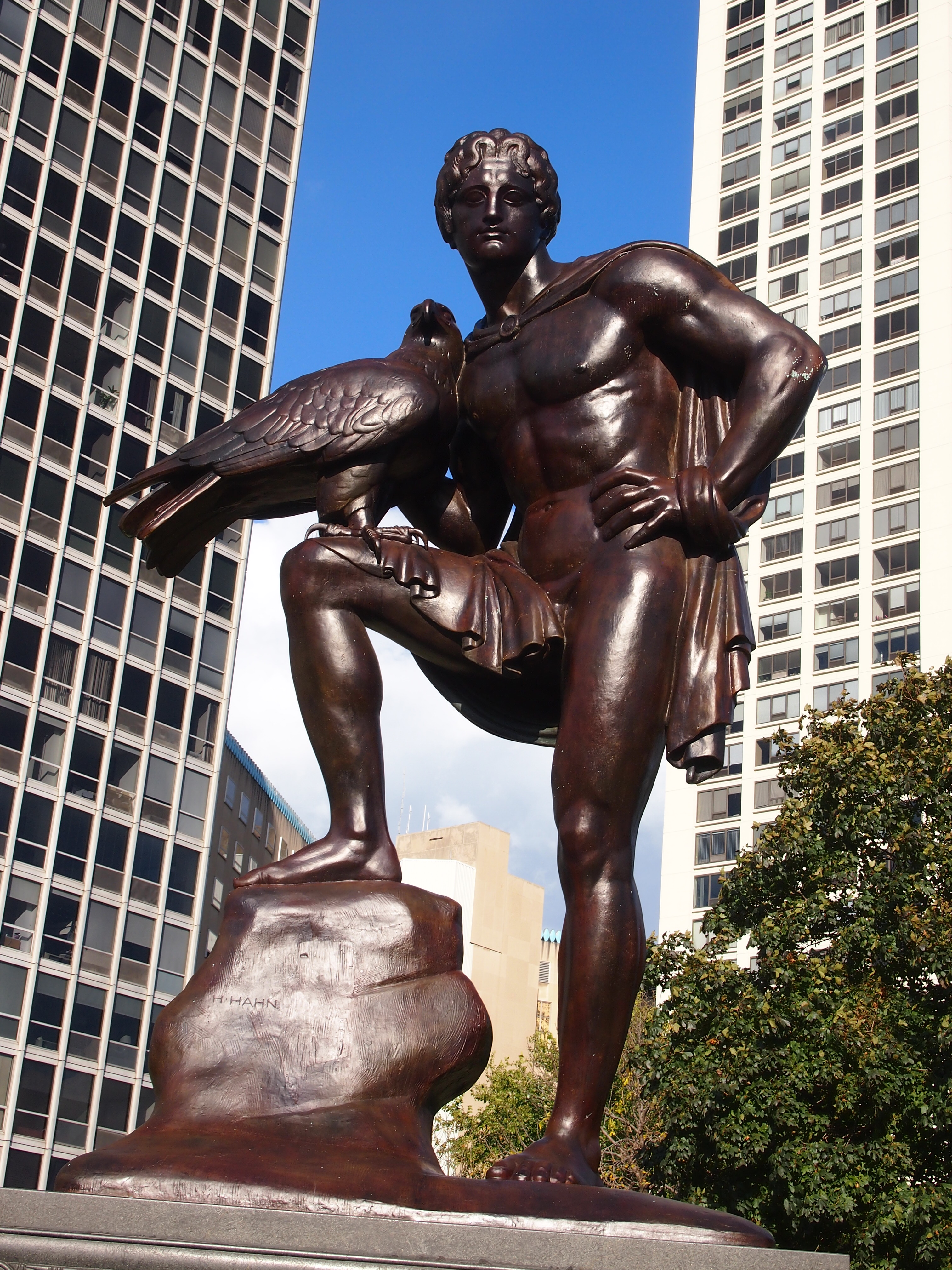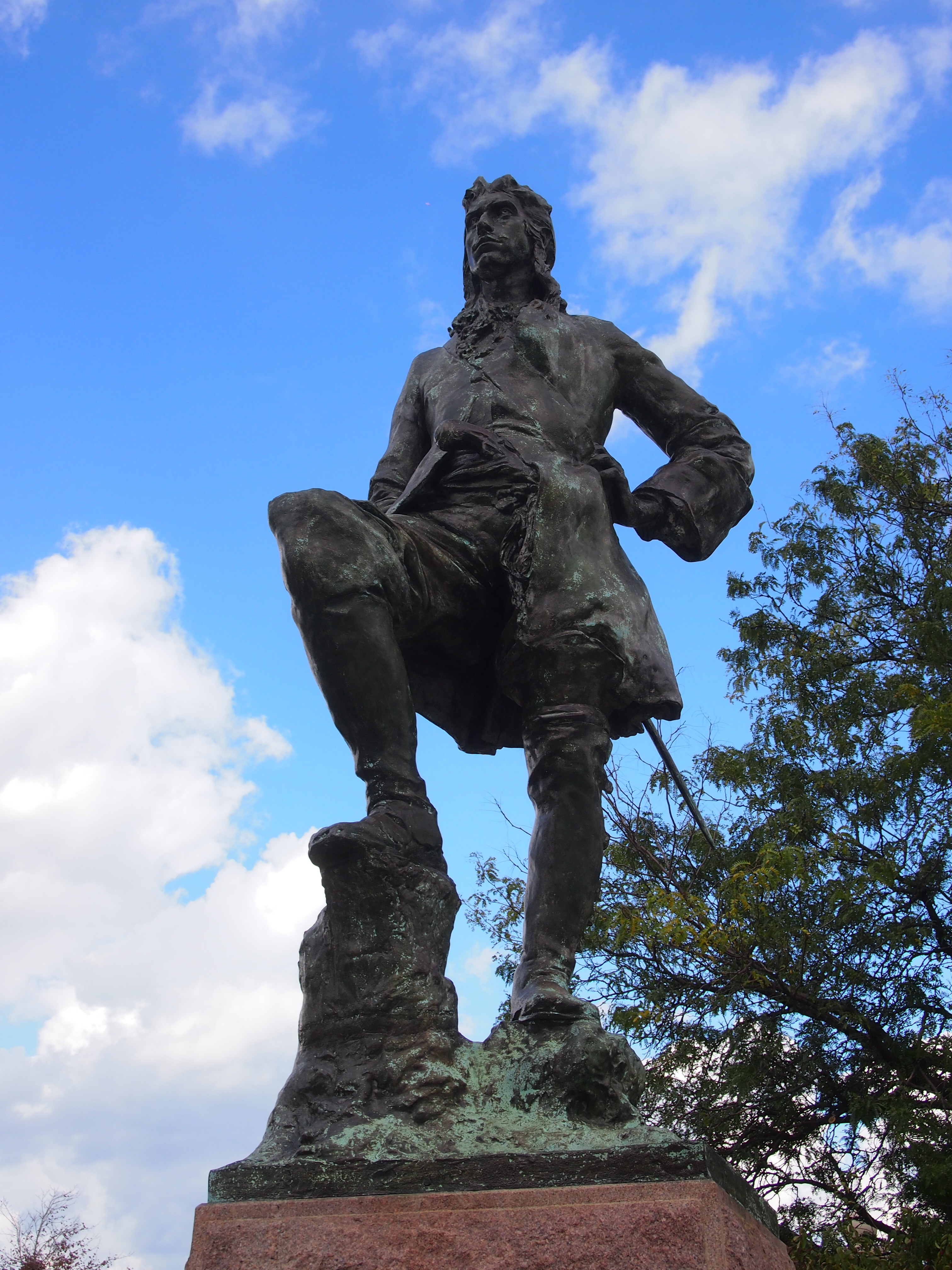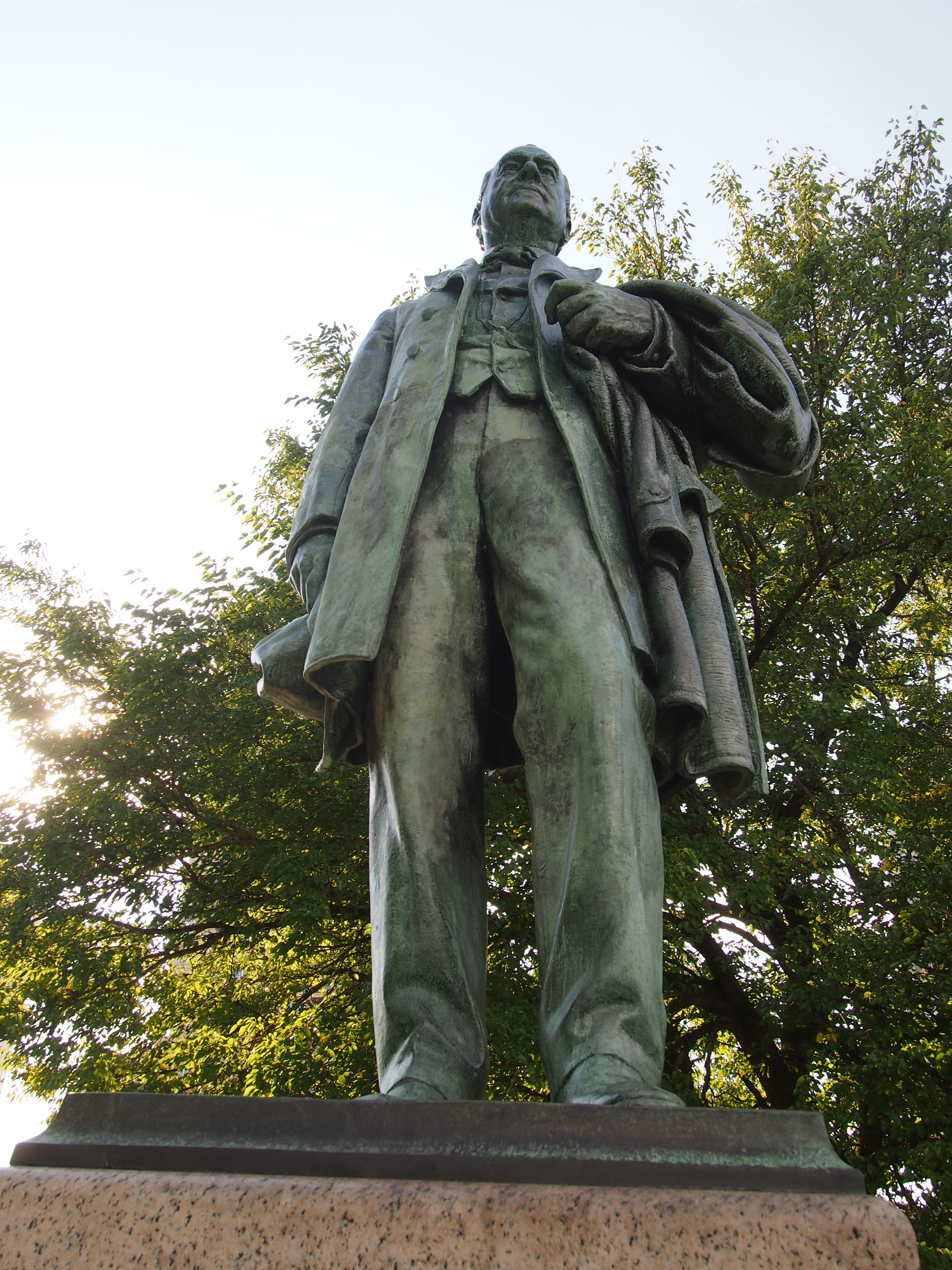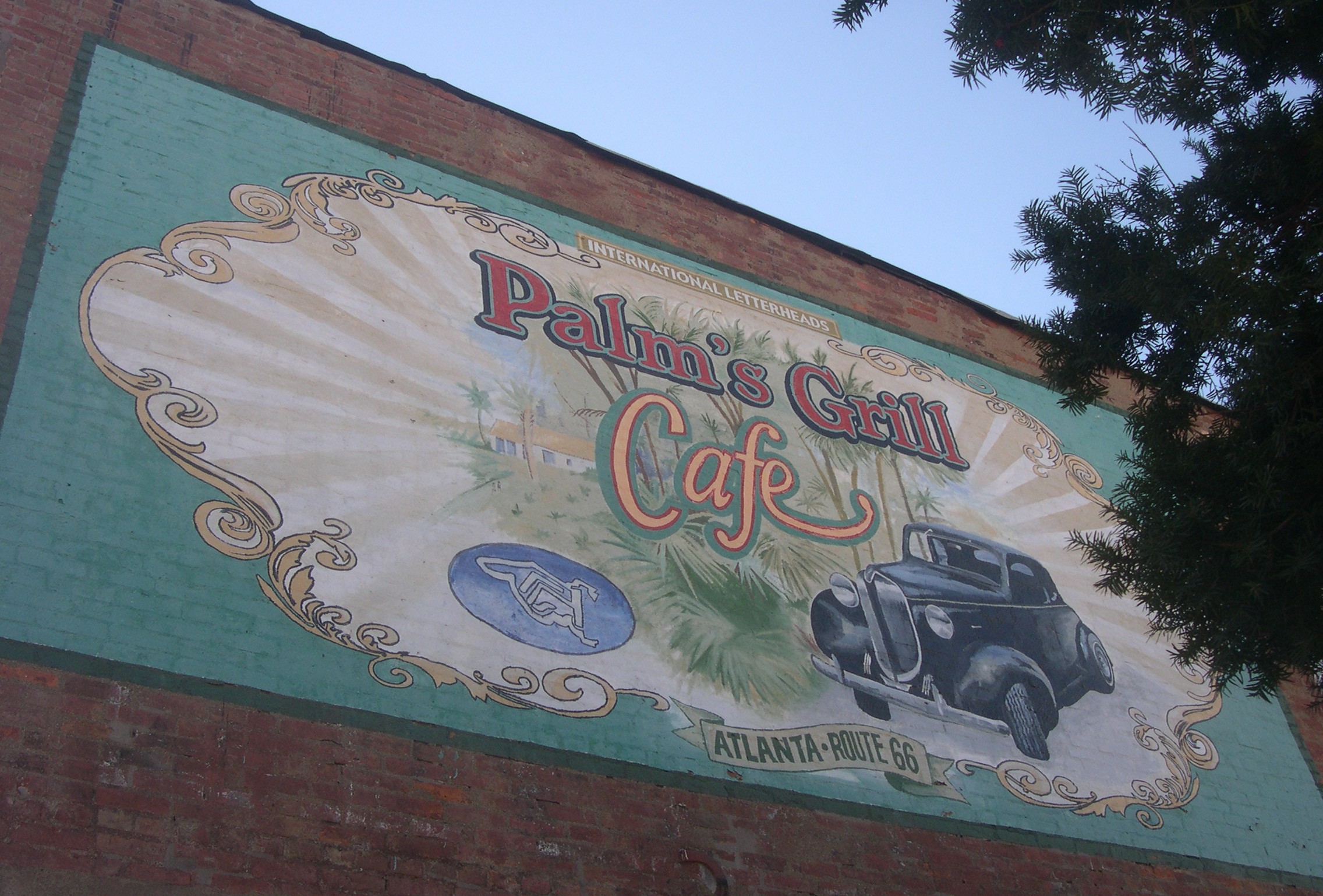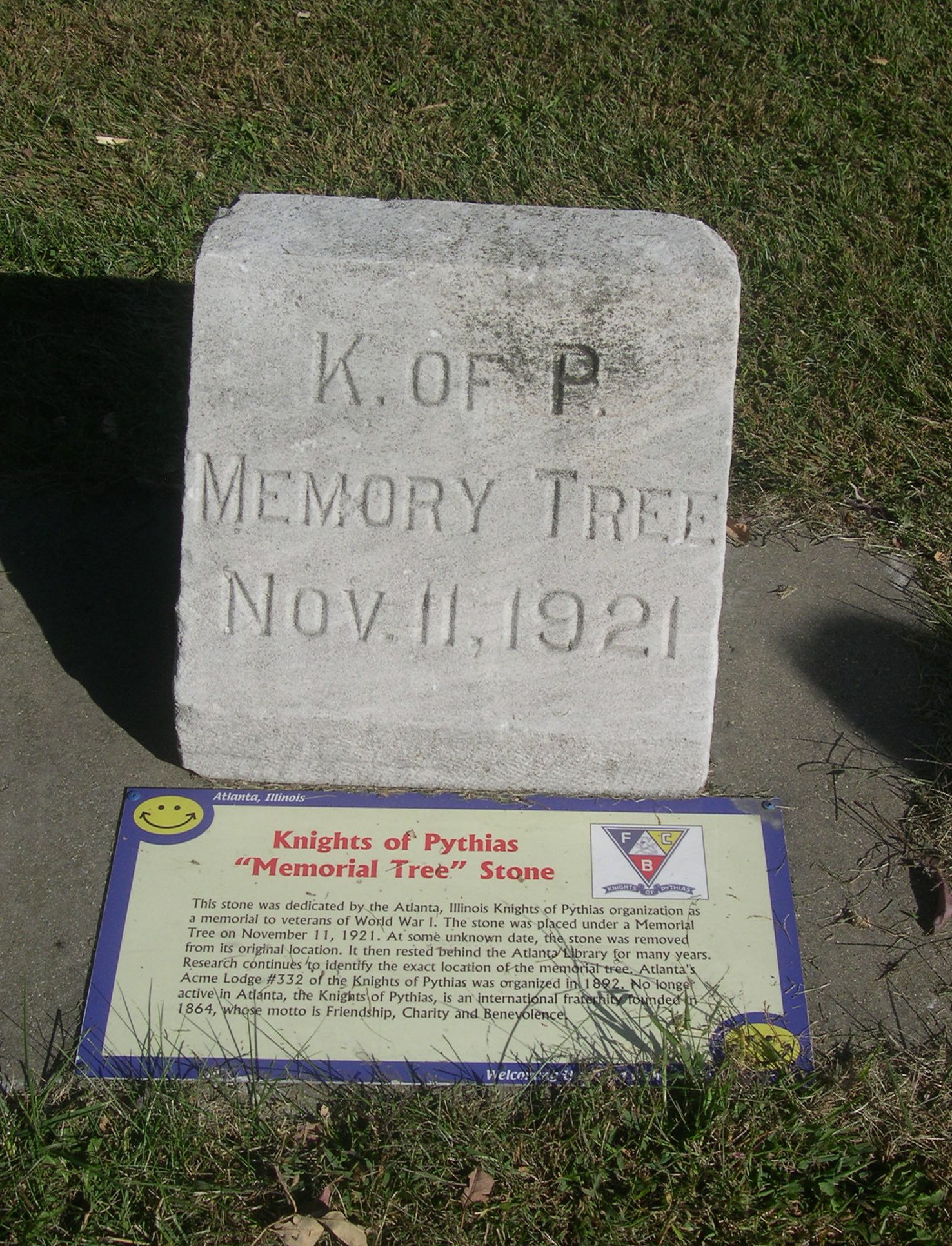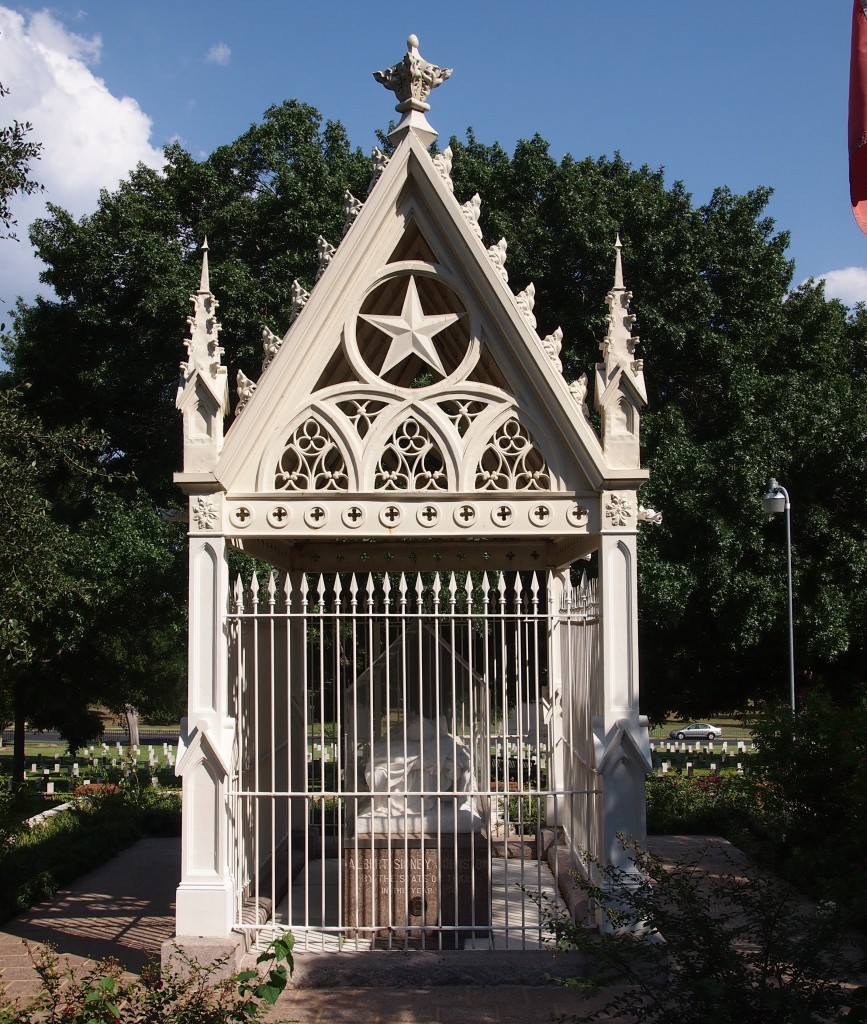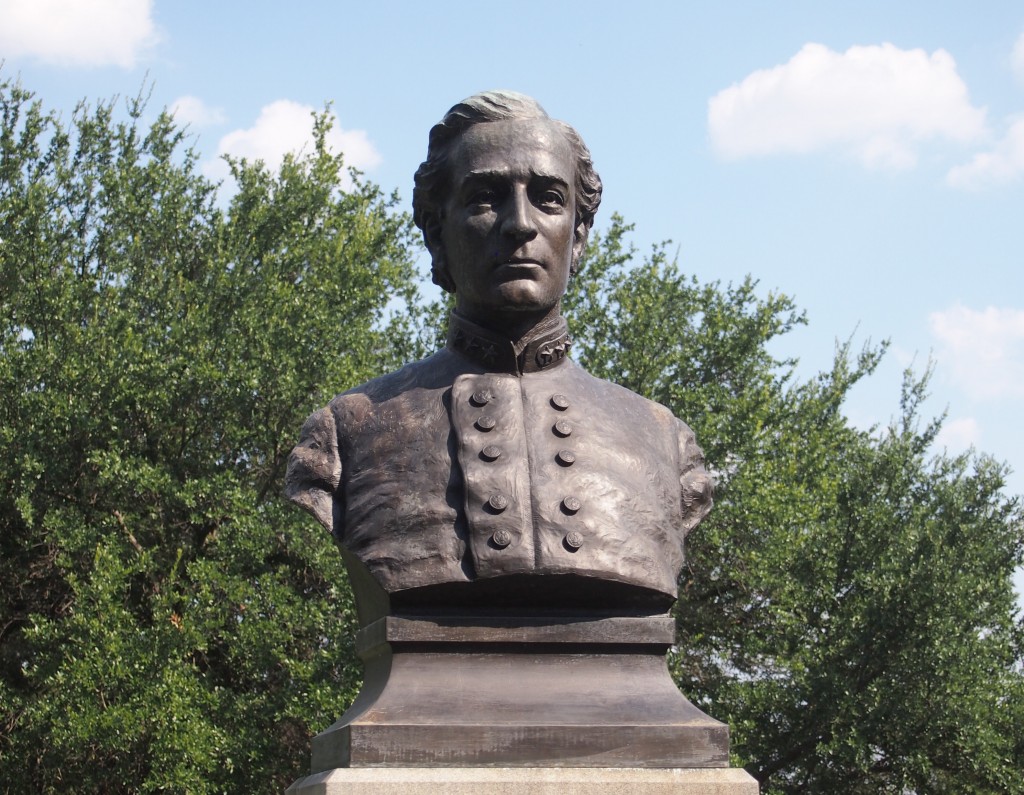Saturday was warm and partly cloudy, with gusts of wind all day but nothing strong enough to do damage. Lately it’s been cooling off dramatically at night, but that didn’t happen on Saturday. At around 10 pm, I sat on my deck and took in these vestiges of summer. At about 11, it started to rain.
On Wednesday the 18th, I squeezed enough time out of my schedule to drive from my brother’s house to the White Rock Station on the Blue Line of the Dallas Area Rapid Transit (DART) system, to catch a train to downtown Dallas. The station opened in 2001 as the light rail line system expanded, and I remember catching a train there in November 2002 with Jay and Yuriko and Lilly (who was just four at the time) to go downtown and catch a Red Line train to the Dallas Zoo. Riding a train in Dallas was a novel experience at the time, like riding one in LA was in 2001.
Whenever I can, I ride urban rails – light, heavy, commuter, subway, elevated, monorail, trolley, you name it. All-day passes are sold at vending machines at DART stations, and I bought one for $5. The ticketing system is the same as I remember some German transit systems being – roving ticket inspectors check tickets randomly, and the punishment for free riding is being thrown in front of the train. That or a fine.
The DART Blue Line proved an efficient way of getting downtown and back again late in the afternoon, and as it happened no one checked my ticket. Had I got it into my head to free ride, no doubt an inspector would have shown up.
As many times as I’ve been to Dallas – I started my visits as a very tiny baby and they’ve continued in each decade since then – I don’t quite know the place. Not like San Antonio or Nashville or Chicago or even Austin or Osaka. Or at least not downtown. Been years since I spent much time in that part of the city. The last time might have been when we visited the Dallas Heritage Museum some years ago, though that has more of a view of downtown than actually being in it. There was also the time when Yuriko and I dropped by the Sixth Floor Museum in the early ’90s, and another time I went to Deep Ellum, whenever that was.
A good thing to do when you only have a few hours in a particular place is to focus on one thing, and see what else you see along the way. I decided to visit the Ann & Gabriel Barbier-Mueller Museum: The Samurai Collection, a museum on the second floor of a building in Uptown, which is in walking distance from the downtown Blue Line St. Paul station. It was a hot walk – it’s still essentially summer – but not that far.
Along the way, I happened across the Jeffress Fountain Plaza, which is merely one of the more visible parts of the spanking-new First Baptist Church campus. I hadn’t seen it before because it was completed just this year.
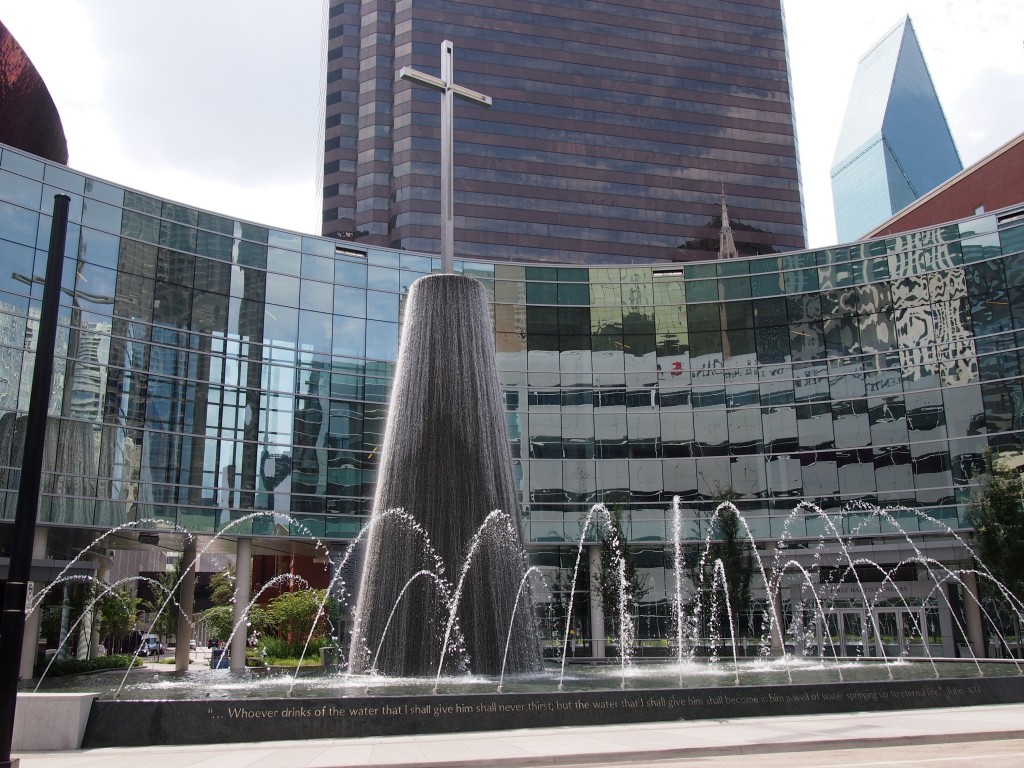 “First Baptist Church of Dallas, led by nationally known pastor Dr. Robert Jeffress, has completed the largest Protestant church building campaign in modern history, opening its new state-of-the-art $130 million campus on Easter Sunday, March 31,” Charisma News tells us.
“First Baptist Church of Dallas, led by nationally known pastor Dr. Robert Jeffress, has completed the largest Protestant church building campaign in modern history, opening its new state-of-the-art $130 million campus on Easter Sunday, March 31,” Charisma News tells us.
The article’s worth quoting at some length, if only to show that the urge to build big, expensive churches isn’t a Catholic monopoly. “The new facilities feature the newest technological advances for any church, providing a unique worship experience,” Charisma News continues. “A new 3,000-seat Worship Center, located next to the historic landmark 122-year-old sanctuary, includes a 150-foot-wide IMAX-quality video wall stretching more than two-thirds the width of the auditorium. It incorporates seven high-definition projectors blended together, making it one of the largest viewing screens in any church in the world. Additionally, wood bands along the walls surrounding the Worship Center contain LED strips that can be programmed to millions of different colors, creating dramatic ambient lighting to supplement and enhance any platform program.
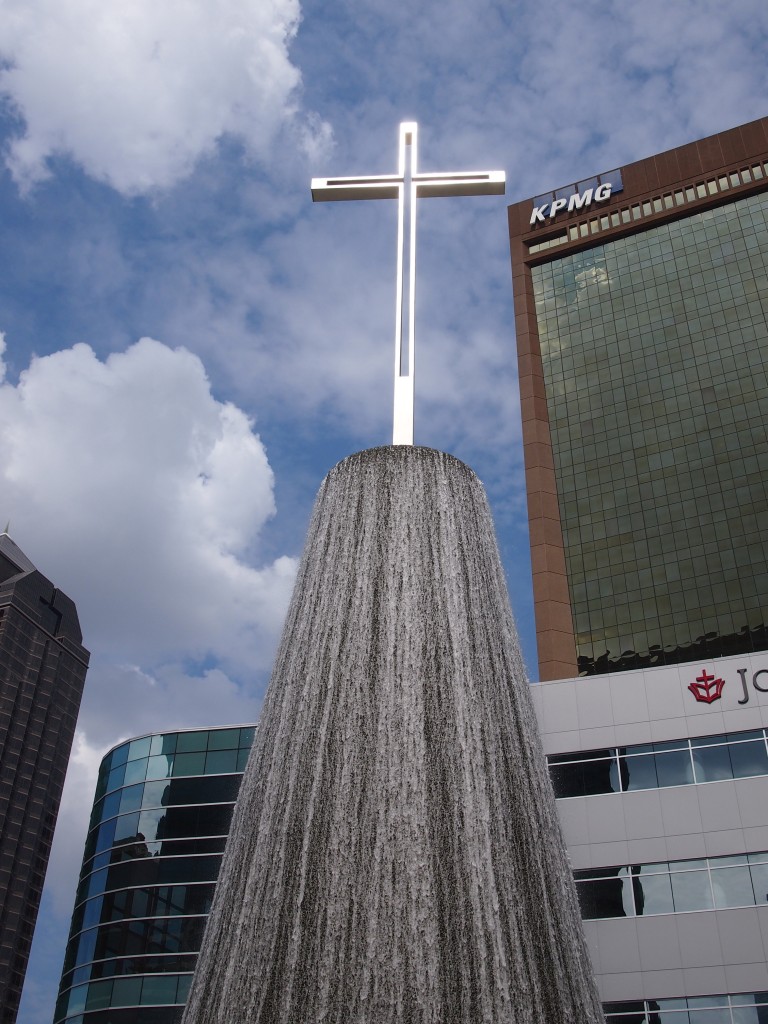 “The fountain serves as the grand entrance to the new campus, featuring a stainless steel cross atop a pedestal rising 68 feet high. Surrounding the tower is a shallow water pool containing a heated baptistery as well as eight water canons [is that supposed to be a pun, or did they just misspell cannon?] and 21 undulating titan water jets. Inscribed along the edge of the fountain’s pool is a Scripture text from John 4:14, stating, ‘Whoever drinks of the water that I will give him shall never thirst; but the water that I will give him will become in him a well of water springing up to eternal life.’ Several custom orchestral scores of anthems and spiritual songs accompany the programmed flow of the cascading water.”
“The fountain serves as the grand entrance to the new campus, featuring a stainless steel cross atop a pedestal rising 68 feet high. Surrounding the tower is a shallow water pool containing a heated baptistery as well as eight water canons [is that supposed to be a pun, or did they just misspell cannon?] and 21 undulating titan water jets. Inscribed along the edge of the fountain’s pool is a Scripture text from John 4:14, stating, ‘Whoever drinks of the water that I will give him shall never thirst; but the water that I will give him will become in him a well of water springing up to eternal life.’ Several custom orchestral scores of anthems and spiritual songs accompany the programmed flow of the cascading water.”
 Vice President Thomas Hendricks, that is, who was also a governor of Indiana. He was 21st Vice President of the United States from early 1885 to late 1885, during Cleveland’s first term. The 19th century, of course, was hard on U.S. vice presidents. Hendricks went to bed one night in November 1885 and never woke up.
Vice President Thomas Hendricks, that is, who was also a governor of Indiana. He was 21st Vice President of the United States from early 1885 to late 1885, during Cleveland’s first term. The 19th century, of course, was hard on U.S. vice presidents. Hendricks went to bed one night in November 1885 and never woke up. His statue is on the grounds of the Indiana State Capitol. Oddly, while I was taking these pictures, a Japanese tourist asked me to take his picture with Hendricks in the background, using his camera, so I did. Maybe he’s a U.S. vice presidential enthusiast.
His statue is on the grounds of the Indiana State Capitol. Oddly, while I was taking these pictures, a Japanese tourist asked me to take his picture with Hendricks in the background, using his camera, so I did. Maybe he’s a U.S. vice presidential enthusiast.